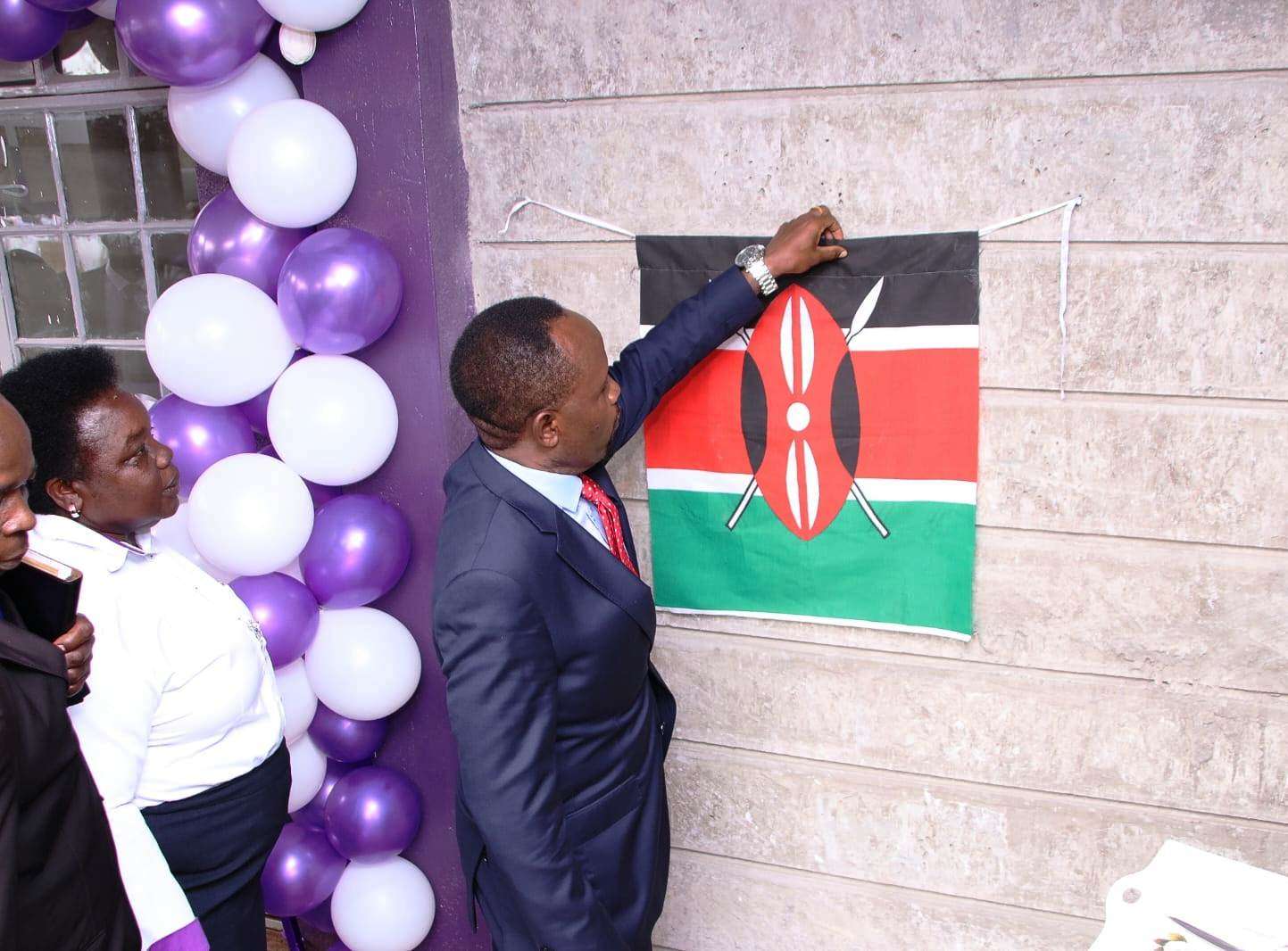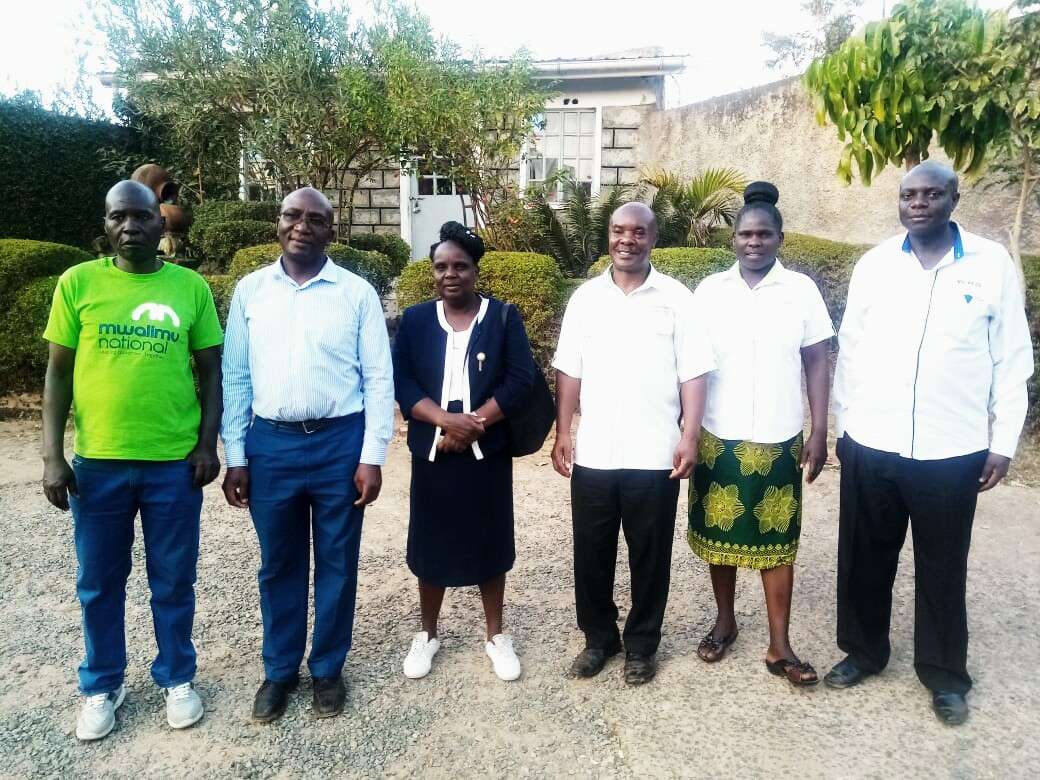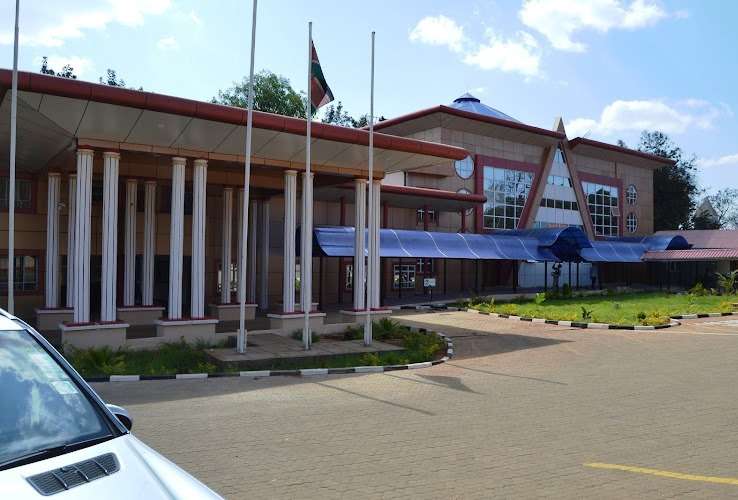County Governors and their respective County Public Service Boards have been non-compliant with Law on Staff Ethnic Composition since the advent of devolution.
Both current and former governors have violated this rule by hiring members of staff from the dominant ethnic communities in their respective counties contrary to Section 7(1) and (2) of the National Cohesion and Integration Act, 2008 which states that, “all public offices shall seek to represent the diversity of the people of Kenya in employment of staff and that no public institution shall have more than one third of its staff establishment from the same ethnic community”.
In Kisumu County for example, by 2021, the total number of employees was 3,720 out of whom 3,125 or 84 % of the total number were members of the same/dominant ethnic community in the County (Luo) In Machakos County employees at the County Executive were 6,743 during the same period out of whom 5,513 or 87% were members of the dominant ethnic community in the County (Kamba).
In the neighbouring Makueni County, out of the 3,578 employees, 3,285 (or 92%) were from the dominant ethnic community in the County (Kamba). In Elgeyo/Marakwet County, by June 2021 payroll indicated that out of 1,708 permanent staff of the County Executive, 1,598 or 94% were from one ethnic community.
In Baringo County, the payroll showed that the county has 3,080 employees out of which 3,686 employees (or 84%) are from the ethnic community dominant in the County. In Turkana County, the County Public Service Board recruited a total of 501 new staff members in various cadres out of whom 490 or approximately 98% were from the dominant community.
Further, the County Executive had a total of 3,534 employees out of whom 2,745 or approximately 78% were from the dominant community. In Nakuru County the cosmopolitan County, in 2021, the County recruited 265 employees however, 54% of the 265 newly recruited staff were from the same ethnic community and surpassed the recommended threshold of 33%.
In Kakamega County, records reveal that the County Executive had 6,186 employees. However, out of this number, 5,577 employees (or about 90%) were from the locally dominant ethnic community. In the neighbouring Bungoma County, in 2021, the County Executive recruited a total of 127 employees to fill vacant positions at the entry-level of its establishment, out of 110 or 87% were from the dominant ethnic community in the County.
In Kiambu County, payroll data reveals that there were 5,664 employees as of 30th June 2021 with the dominant ethnic community in the County comprising 83% of staff. In Migori County, a review of the Integrated Personnel and Payroll Database (IPPD) records for June 2021 revealed that the County Executive had a workforce of 2,491, out of whom 1,752 were members of the dominant community. This represents 70.3% of the total workforce.
In Nyeri County, staff complements records indicate that the County Executive had 2,934 employees out of whom 2,723 or 93% were from the dominant community in the County. In Laikipia County, the total number of employees on contractual and permanent and pensionable terms is 1522, out of which 1156 or 76% were members of the dominant ethnic community.




